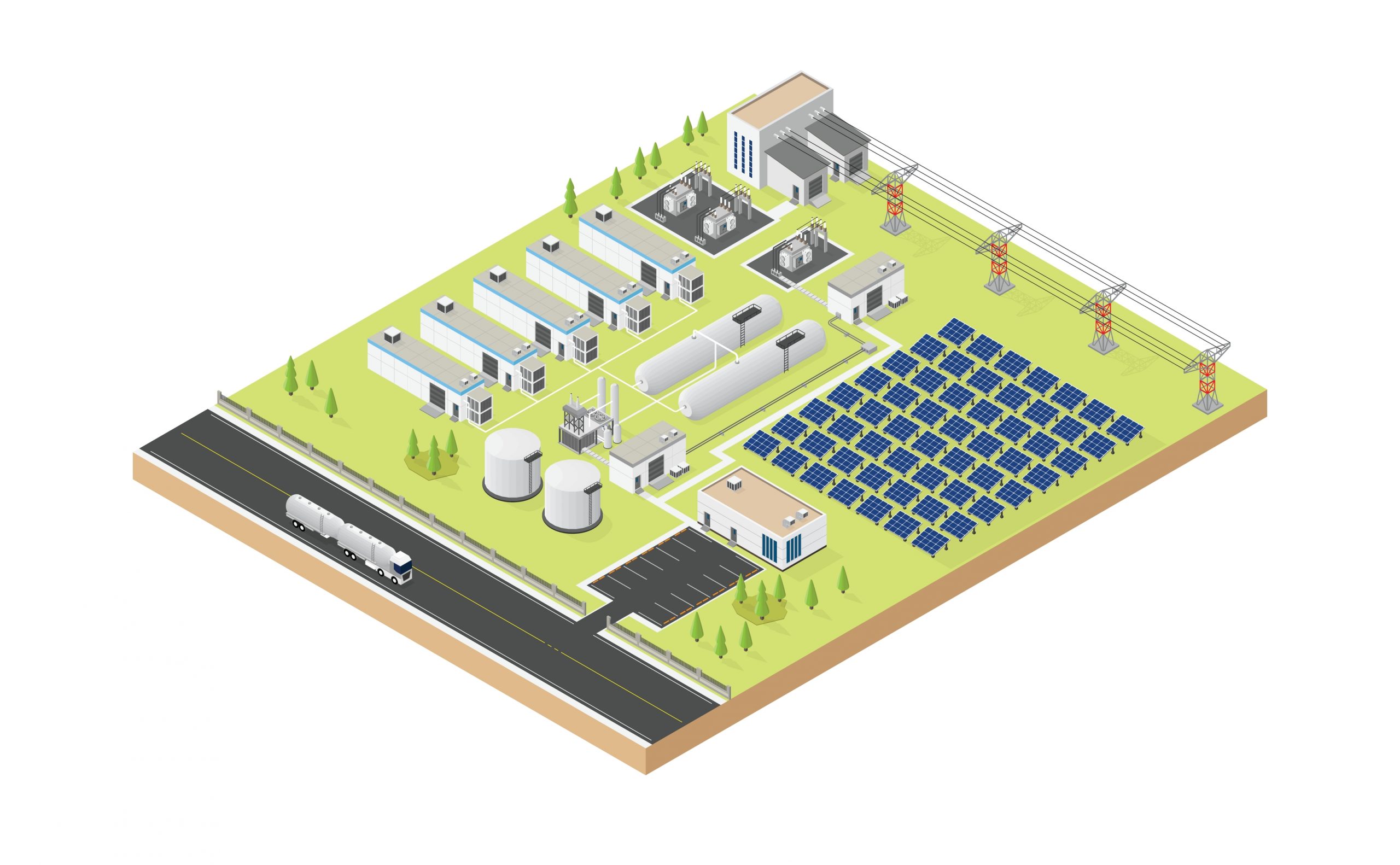Bipartisan Congressional letter encourages DOE to use Infrastructure Investment funds for microgrids

Writing to U.S. Energy Secretary Jennifer Granholm this week, a total of 20 U.S. representatives urged the reallocation of bipartisan Infrastructure Investment and Jobs Act (IIJA) funding for use on microgrid expansion and local power resilience efforts.
Among its provisions, the IIJA authorized $5 billion for grants to improve the electric grid’s resistance to extreme weather, wildfires, and other natural disasters. The members, led by U.S. Reps. Jimmy Panetta (D-CA) and Andrew Garbarino (R-NY), looked to microgrids as the solution – a means of improving power reliability, cost management, and reduction of emissions all in one.
“At times over the last few years, we’ve felt powerless as our communities have been subjected to power outages and power shutoffs due to extreme weather events, an overloaded power grid, and intensifying wildfires,” Panetta said. “Microgrids are a solution to keeping the power on in our homes and communities by operating independent of the grid and using clean energy. Congress made resiliency a priority when we passed the Infrastructure Investment and Jobs Act, and the Department of Energy should give microgrid projects their full consideration as they allocate infrastructure funding.”
Under the IIJA, the Department of Energy (DOE) was directed to create a grant program where microgrids could offer solutions to the challenges posed by natural and manmade risks. In their letter, the lawmakers emphasized microgrids’ innate capability to island mode, allowing them to operate independently of the grid and, in return, provide power off-grid to those around them. This makes them potentially invaluable for natural disasters when connection to larger grids could be disrupted.
“Microgrids allow critical energy users, such as water facilities, hospitals, fire and police stations, grocery stores, points of refuge, and even entire communities to isolate from the broader grid in the case of power disruptions, whether they are caused by extreme weather, local equipment failures, cyberattacks, or physical attacks,” the lawmakers wrote. “By placing electric generation technologies locally at the point of consumption, microgrids can provide true power resiliency against all hazards in a clean, safe, and cost-effective manner. Microgrids have a successful track record of protecting critical energy users through disasters like wildfires in California, the devastation of Superstorm Sandy in New York and New Jersey, and Winter Storm Uri in Texas.”
The effort to support microgrids was also backed by the Microgrid Resources Coalition, Think Microgrid, and the Advanced Energy Economy.
